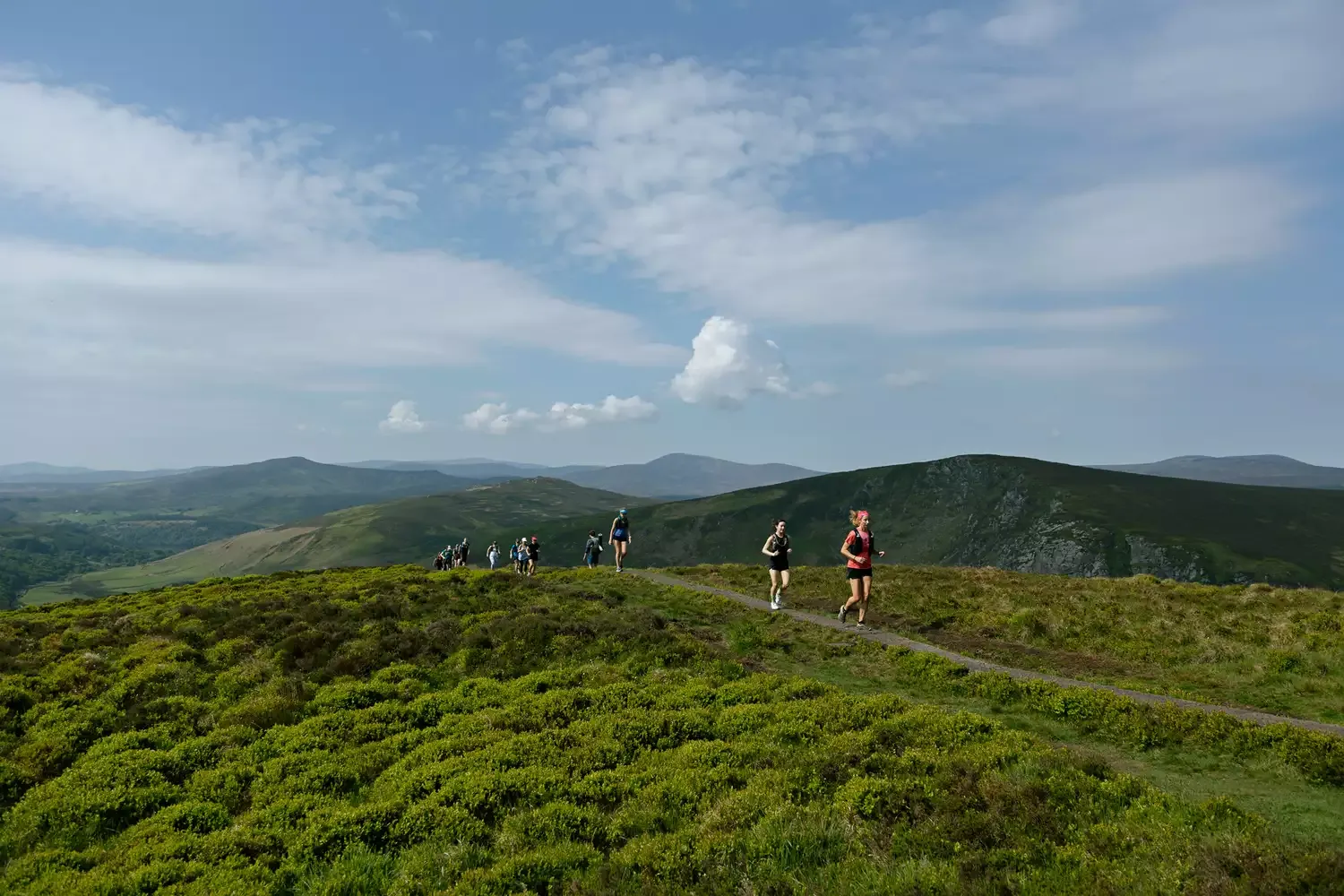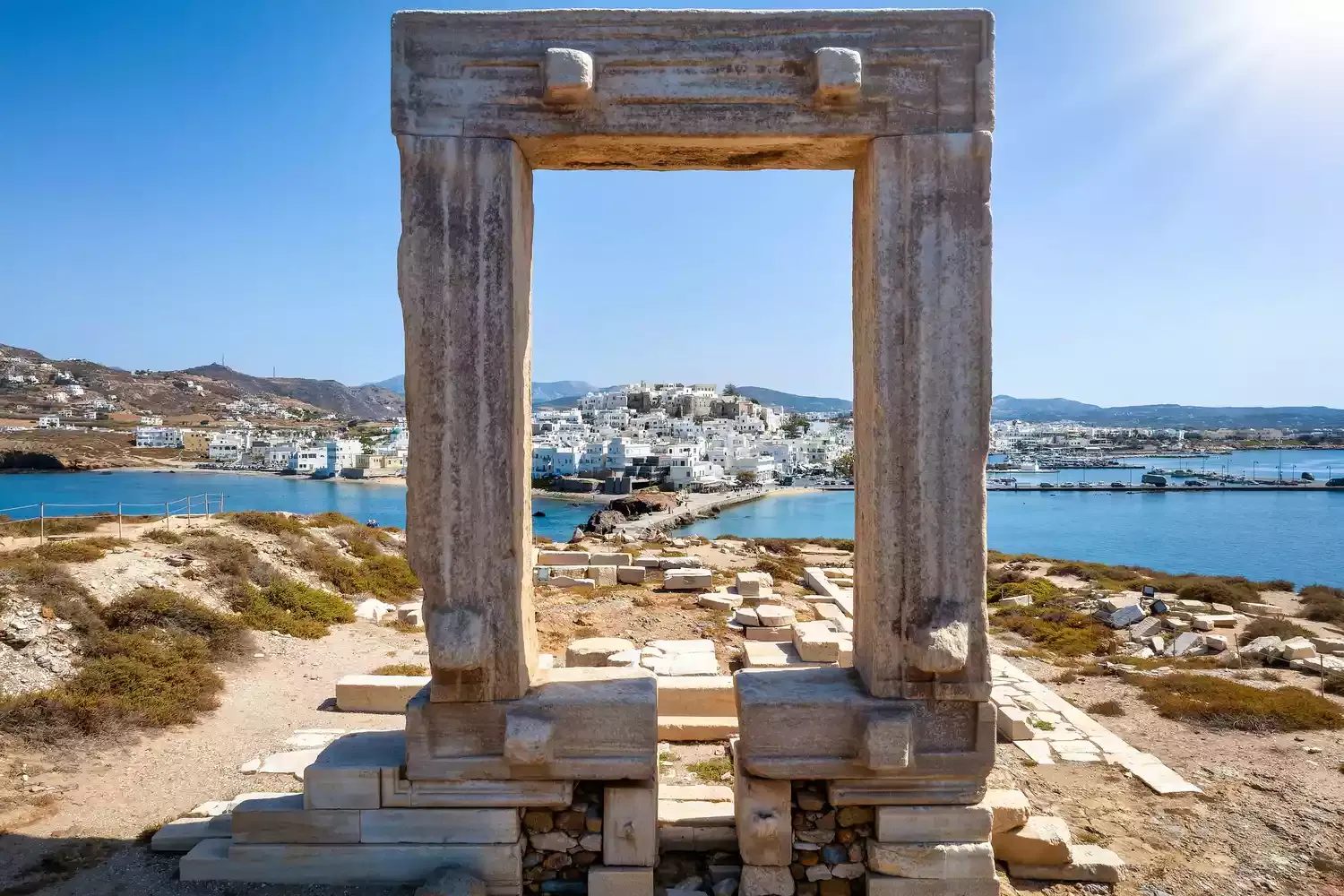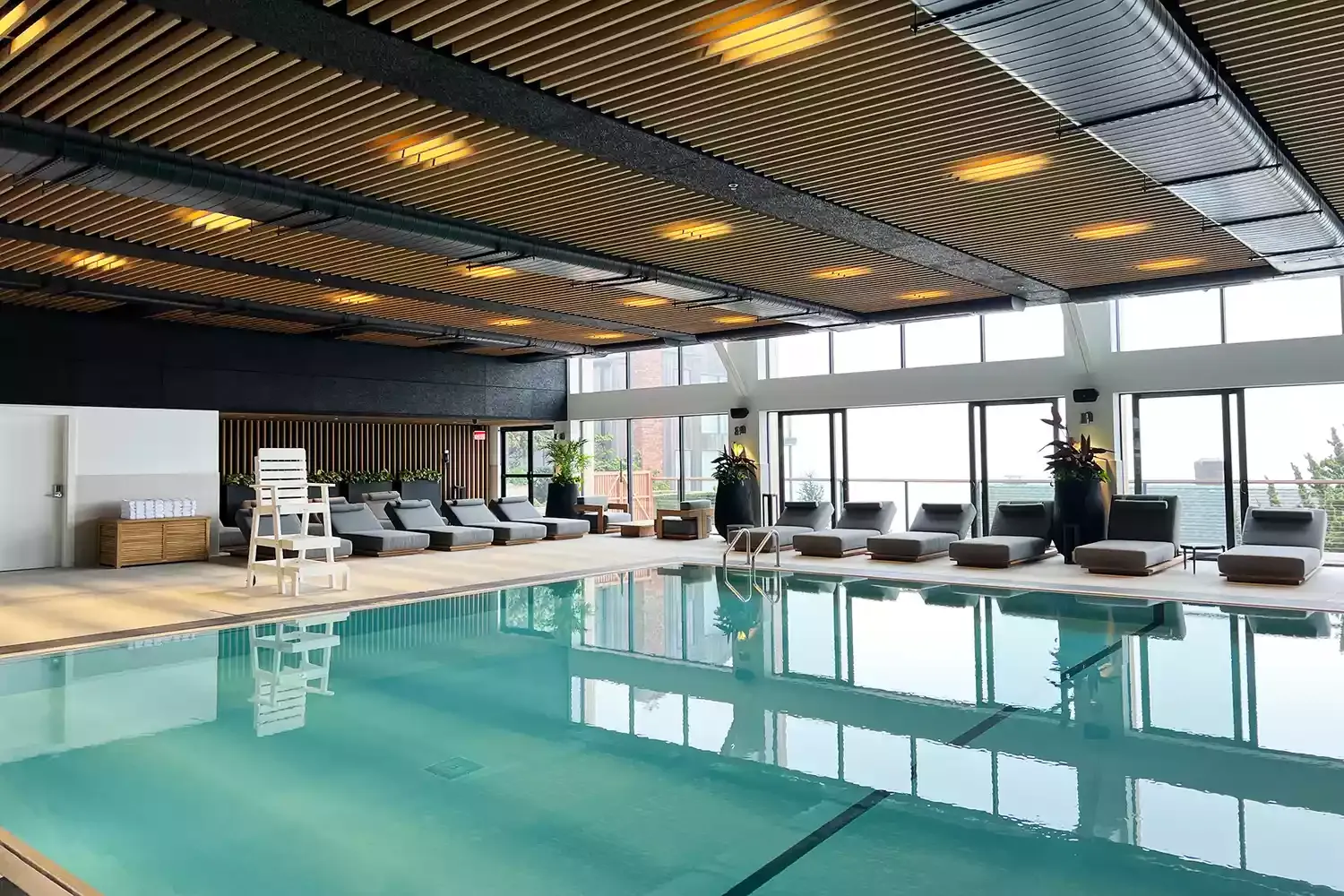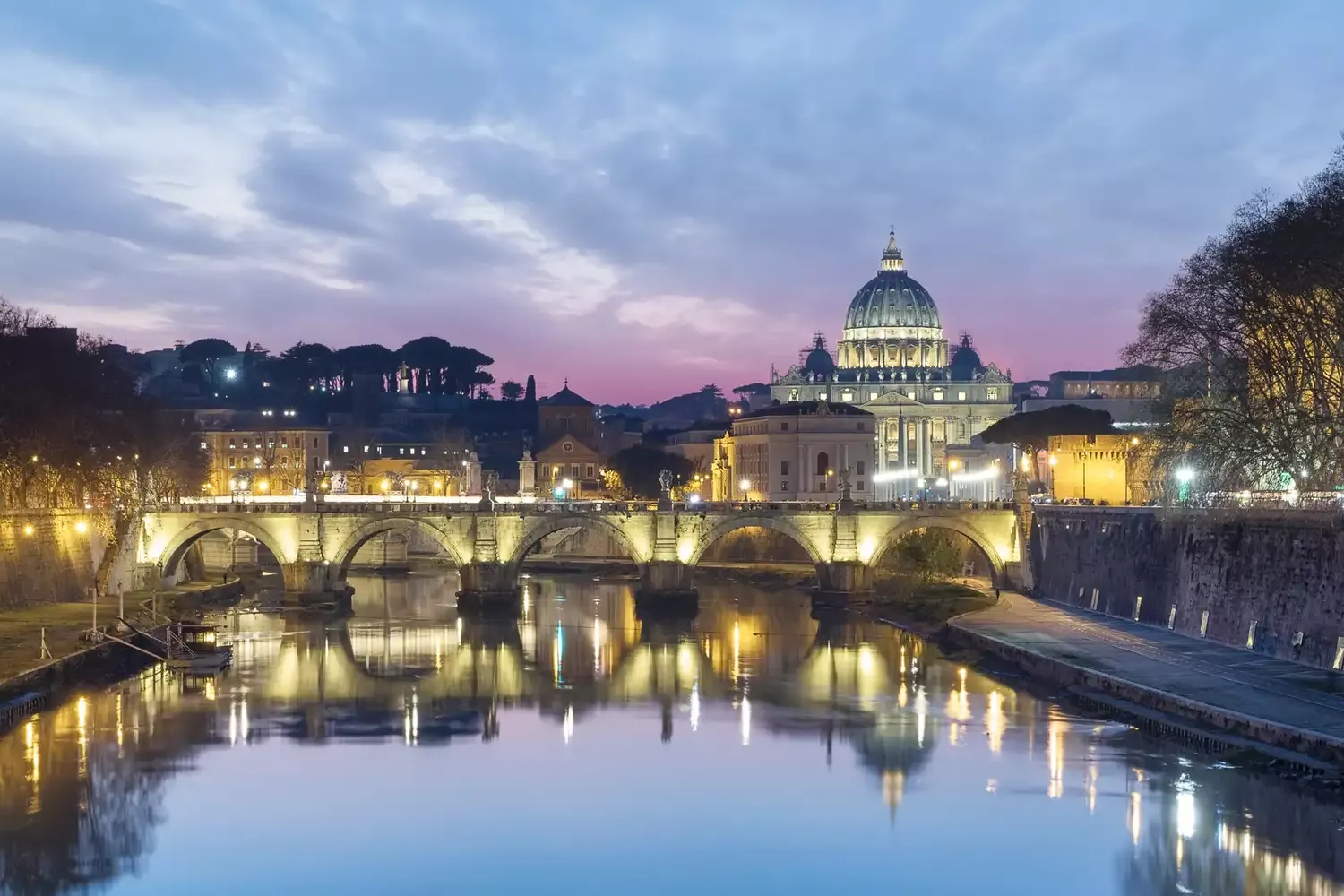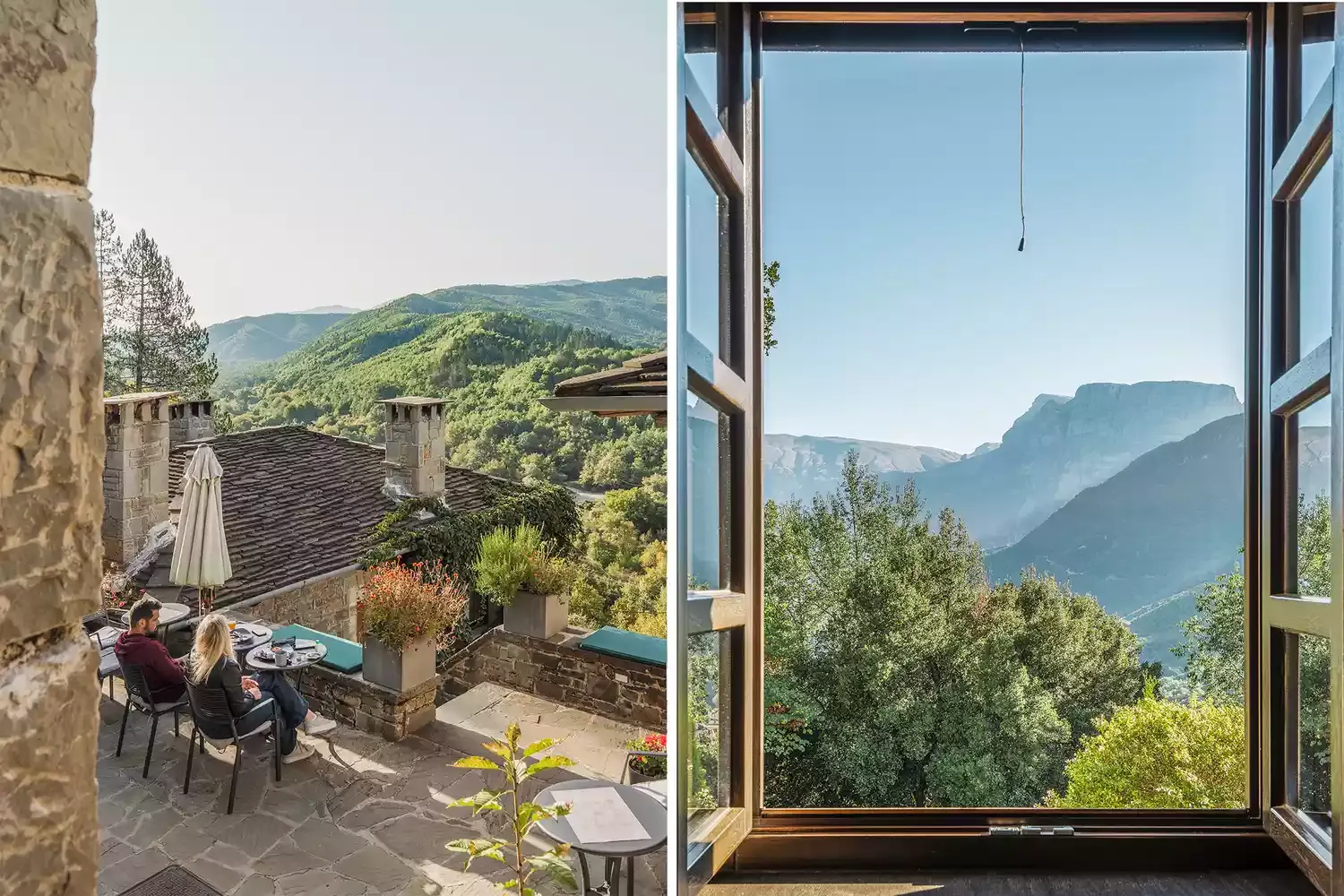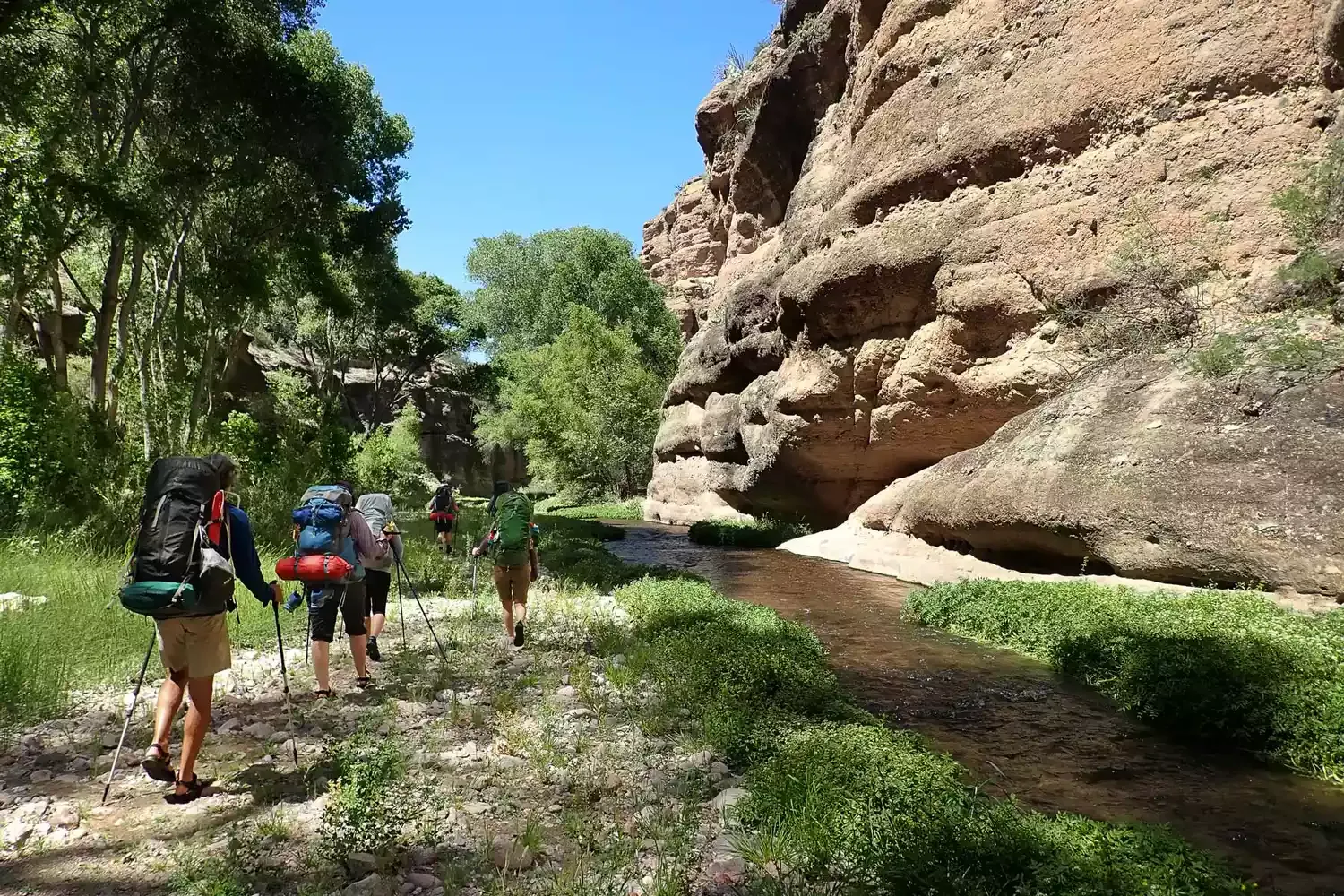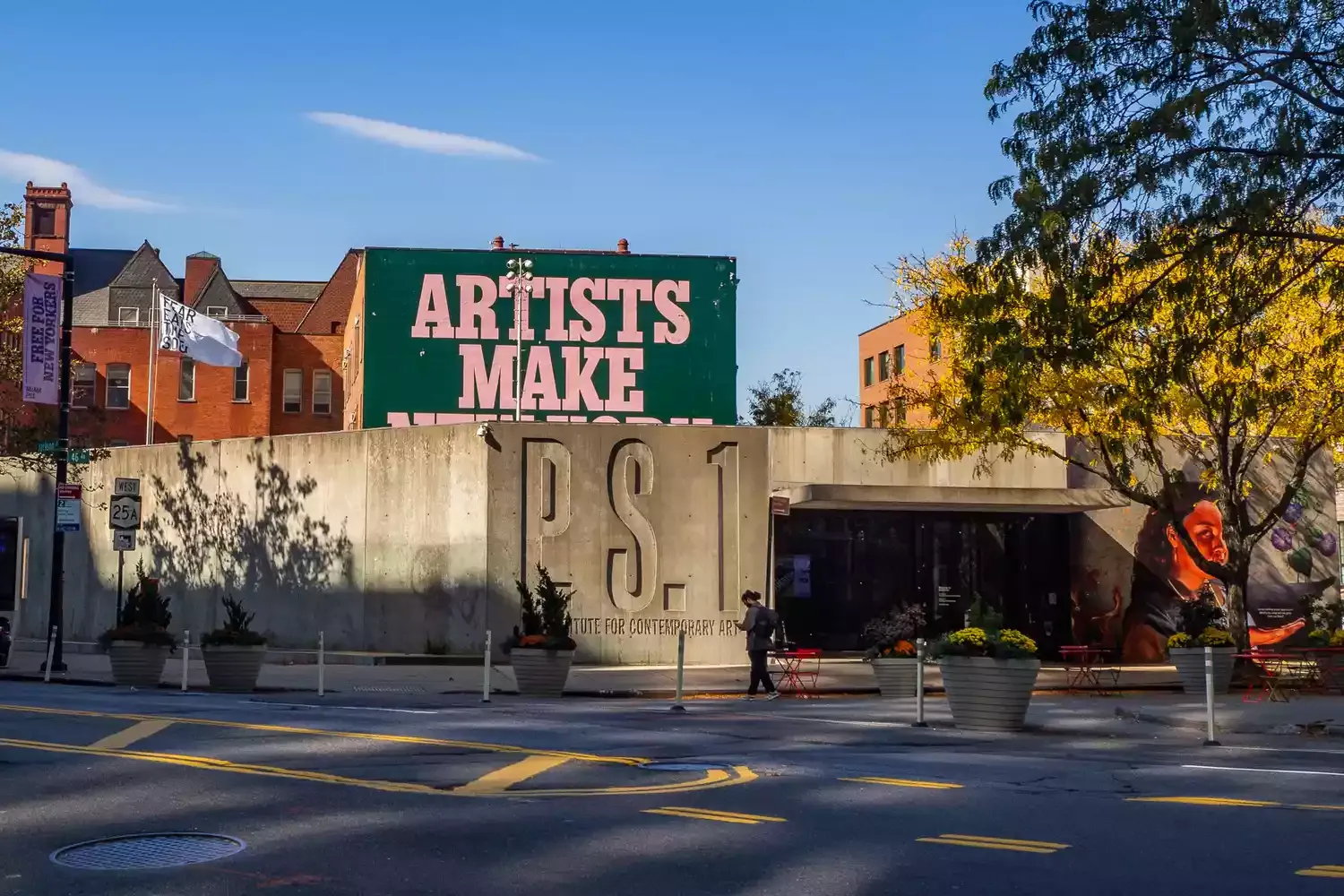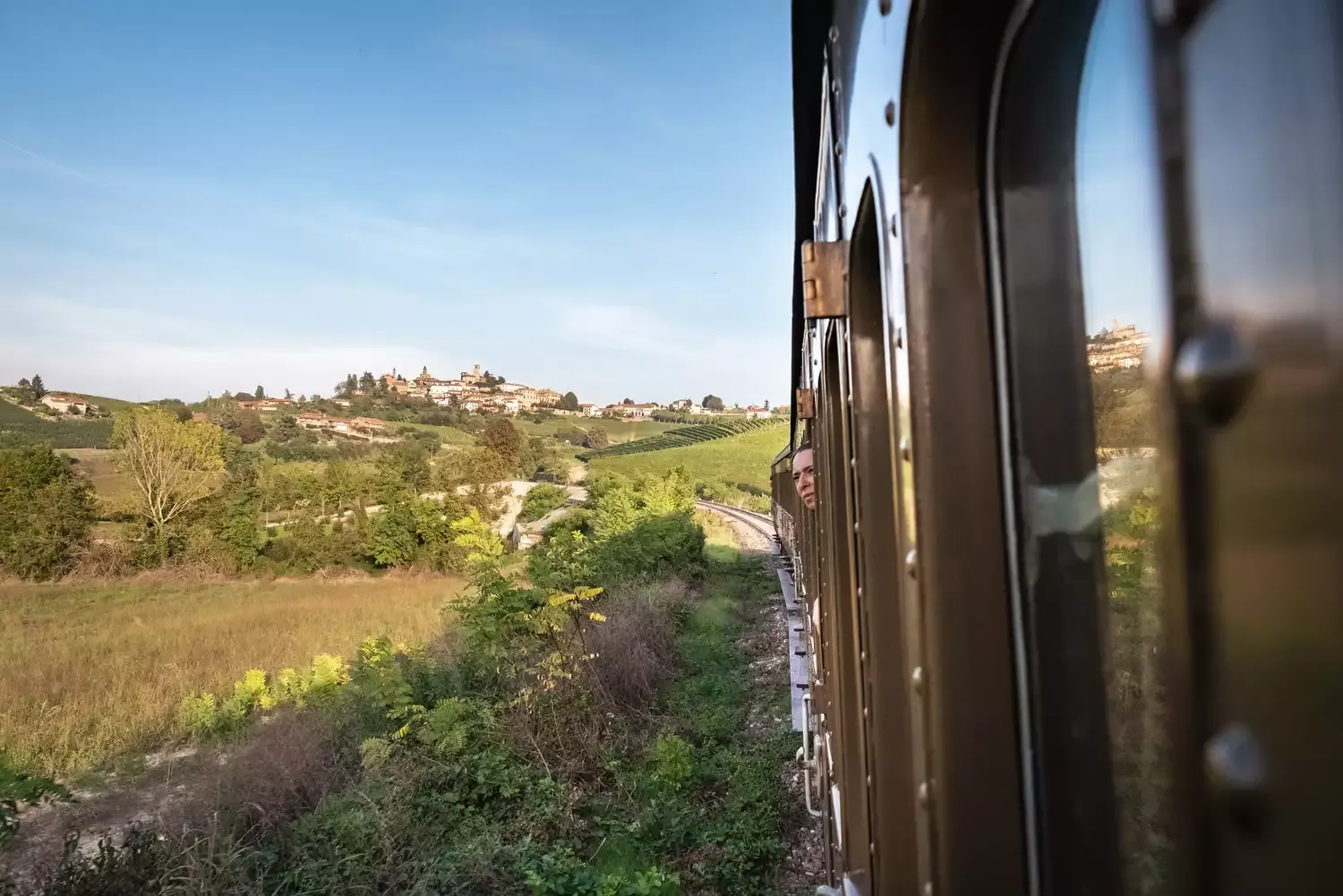
Embrace slow travel! Skip Italy's crowded high-speed trains and discover the charm of older, regional routes. Journey through picturesque countryside villages and vineyards, experiencing authentic Italian life. This unique travel style offers unparalleled views and cultural immersion, far from tourist hubs. Opt for a relaxed pace and create unforgettable travel experiences exploring Italy's hidden gems.
Why Choose the Scenic Route?
The allure of the high-speed train is undeniable. It's fast, efficient, and gets you to your destination quickly. However, you miss out on so much of what makes Italy truly special. The Italian countryside is a patchwork of rolling hills, vineyards, olive groves, and charming villages that simply fly by in a blur when you're hurtling along at 300 km/h. Choosing the older, slower route allows you to:
Savor the Scenery: This is the biggest draw. Imagine gazing out the window at fields of sunflowers, ancient stone farmhouses perched on hilltops, and vineyards stretching as far as the eye can see. The views are simply breathtaking.
Experience Authentic Italy: The smaller towns and villages along these routes are often untouched by mass tourism. You'll find local shops selling handmade crafts, family-run restaurants serving regional specialties, and a slower pace of life that's incredibly refreshing.
Connect with Locals: On the slower trains, you're more likely to strike up conversations with locals. They can offer invaluable insights into the region, share stories, and point you towards hidden gems that you wouldn't find in any guidebook.
Reduce Your Carbon Footprint: While all rail travel is generally more eco-friendly than flying or driving, older trains often use existing infrastructure and consume less energy than their high-speed counterparts.
It's kinder to your Wallet: Regional trains are invariably cheaper than the premium high-speed services, freeing up budget for more gelato and local wine!
Planning Your Countryside Train Journey
Embarking on a slower train journey requires a bit more planning than simply booking a high-speed train ticket. Here are some tips to help you prepare:
Research Your Route: Use websites like Trenitalia or the Man in Seat 61 to explore different routes and timetables. Look for lines that pass through smaller towns and villages.
Book in Advance (Sometimes): While you can often buy tickets for regional trains at the station on the day of travel, it's a good idea to book in advance, especially during peak season, to guarantee a seat.
Factor in Extra Time: These trains are slower, so you'll need to factor in extra travel time. This is part of the charm – embrace the slow pace and enjoy the journey!
Pack Light: You'll be hopping on and off trains, so pack light to make it easier to maneuver your luggage.
Learn Basic Italian Phrases: Knowing a few basic Italian phrases will go a long way in connecting with locals and making your journey more enjoyable.
Consider a Rail Pass: If you plan on doing a lot of train travel in Italy, a rail pass might be a cost-effective option.
Possible Itineraries for a Scenic Italian Train Trip
Here are a few potential routes to inspire your own Italian countryside adventure:
Florence to Siena: This route takes you through the heart of Tuscany, passing by vineyards, olive groves, and medieval towns.
Rome to Naples via Caserta: Ditch the direct high-speed route and go north first, then east through smaller stations, taking you past more rural areas and the impressive Royal Palace of Caserta.
Milan to Venice via Verona: While there are high-speed trains between these major cities, a slower route allows you to explore the picturesque towns of the Veneto region.
Circumvesuviana Railway (Naples area): Explore the area around Mount Vesuvius on this local train line.
The Unexpected Delights of Slow Travel
My journey through the Italian countryside was filled with unexpected delights. I stumbled upon a tiny trattoria in a small village where I enjoyed the best pasta I've ever tasted. I met a local farmer who shared his homemade wine and stories of his family's history. I witnessed breathtaking sunsets over rolling hills that I would have missed entirely on a high-speed train. These are the moments that make travel truly special, and they are often found off the beaten path, on the slower, more scenic routes.
High-Speed vs. Regional Trains: A Comparison
To help you decide, here's a comparison table:
Feature |
High-Speed Train |
Regional Train |
|---|
Speed |
Very Fast (up to 300 km/h) |
Slower |
Cost |
More Expensive |
Less Expensive |
Scenery |
Limited Views |
Excellent Views of the Countryside |
Convenience |
Direct routes between major cities |
May require changes, stops at smaller towns |
Authenticity |
Less opportunity to connect with local culture |
Greater opportunity to experience authentic Italy |
Accessibility to Smaller Towns |
Limited, primarily serves major cities |
Excellent, provides access to smaller towns and villages |
Ultimately, the best choice depends on your priorities. If you're short on time and need to get from point A to point B as quickly as possible, the high-speed train is the way to go. But if you're looking for a more immersive and authentic travel experience, I highly recommend ditching the speed and embracing the charm of a slower route through Italy's beautiful countryside.
Final Thoughts on Italian Train Travel
So, the next time you're planning a trip to Italy, consider slowing down and taking the scenic route. You might be surprised at what you discover. The memories you make on those slower, less-traveled paths will stay with you long after you've reached your final destination. You’ll see the real Italy, connect with its people, and savor the beauty of its landscapes in a way that's simply not possible on a high-speed train. Bon voyage, or as the Italians say, "Buon viaggio!"



